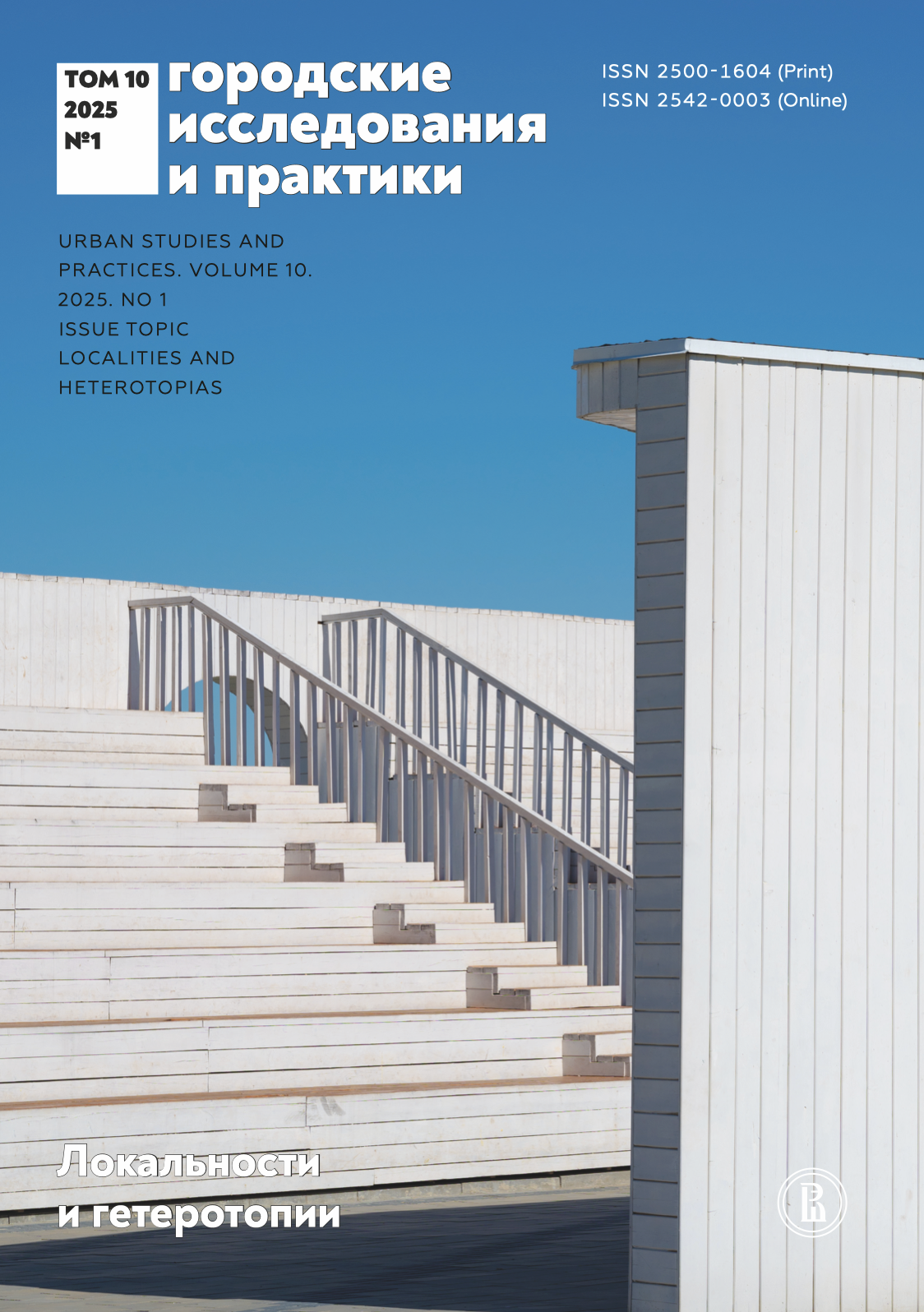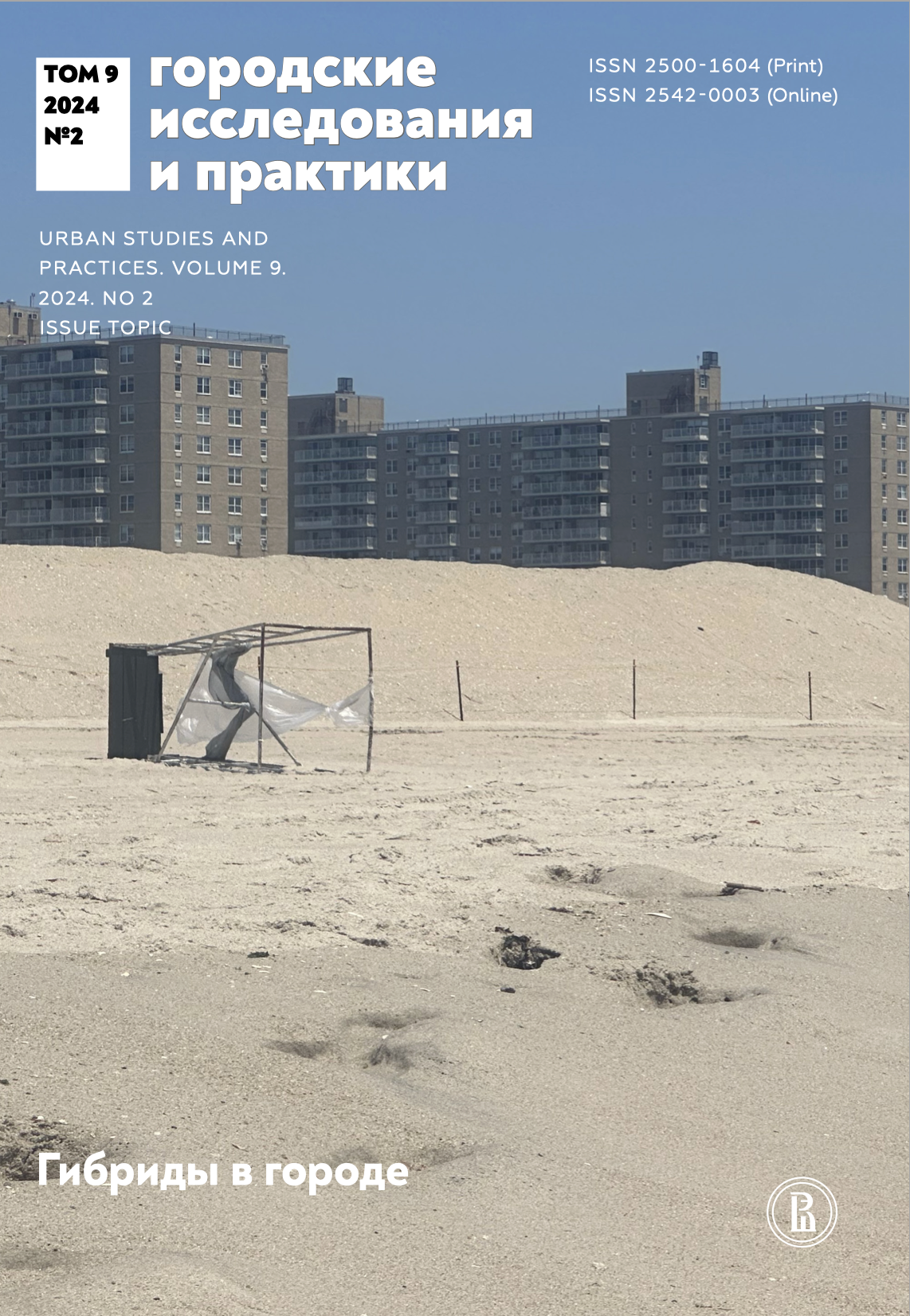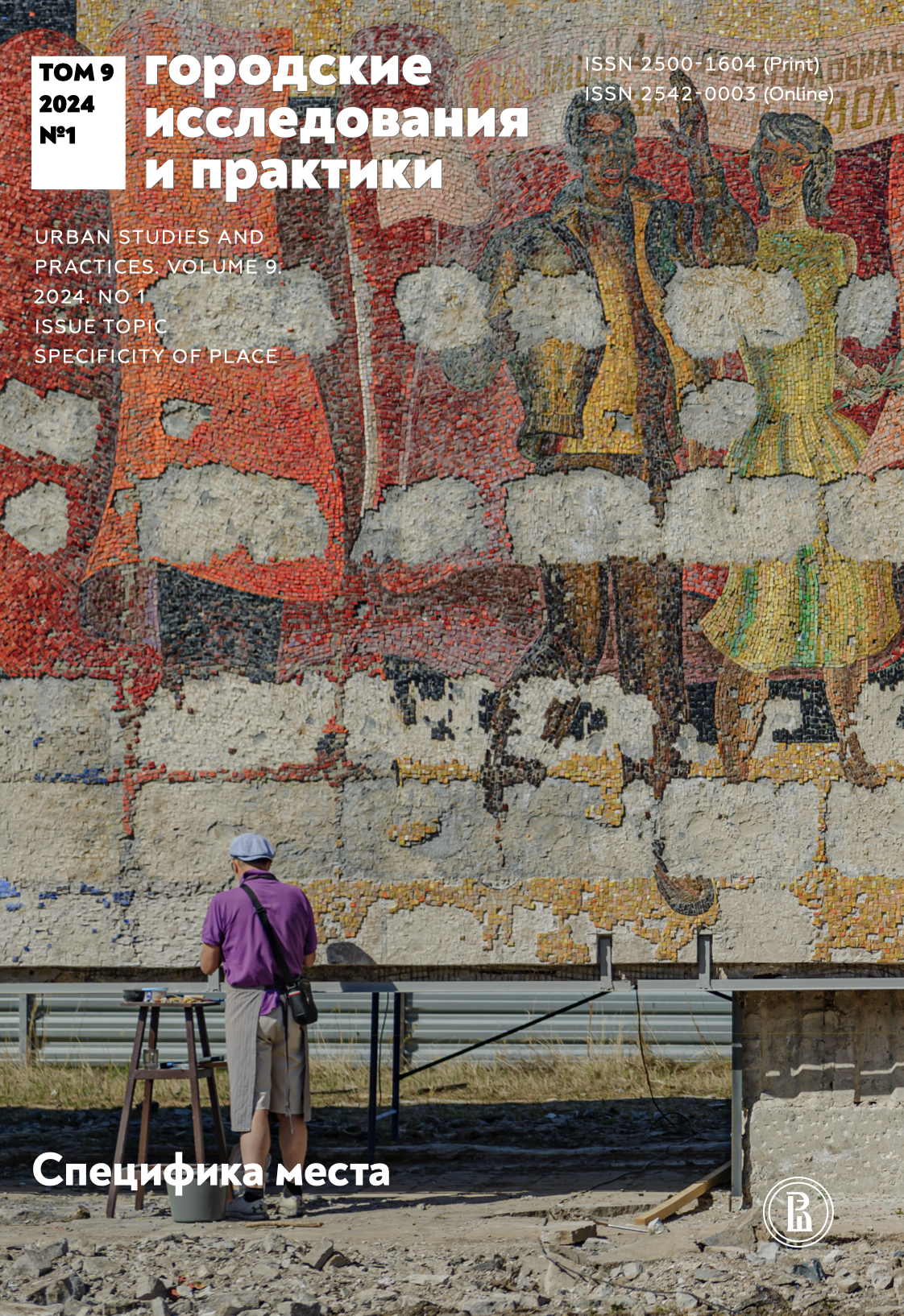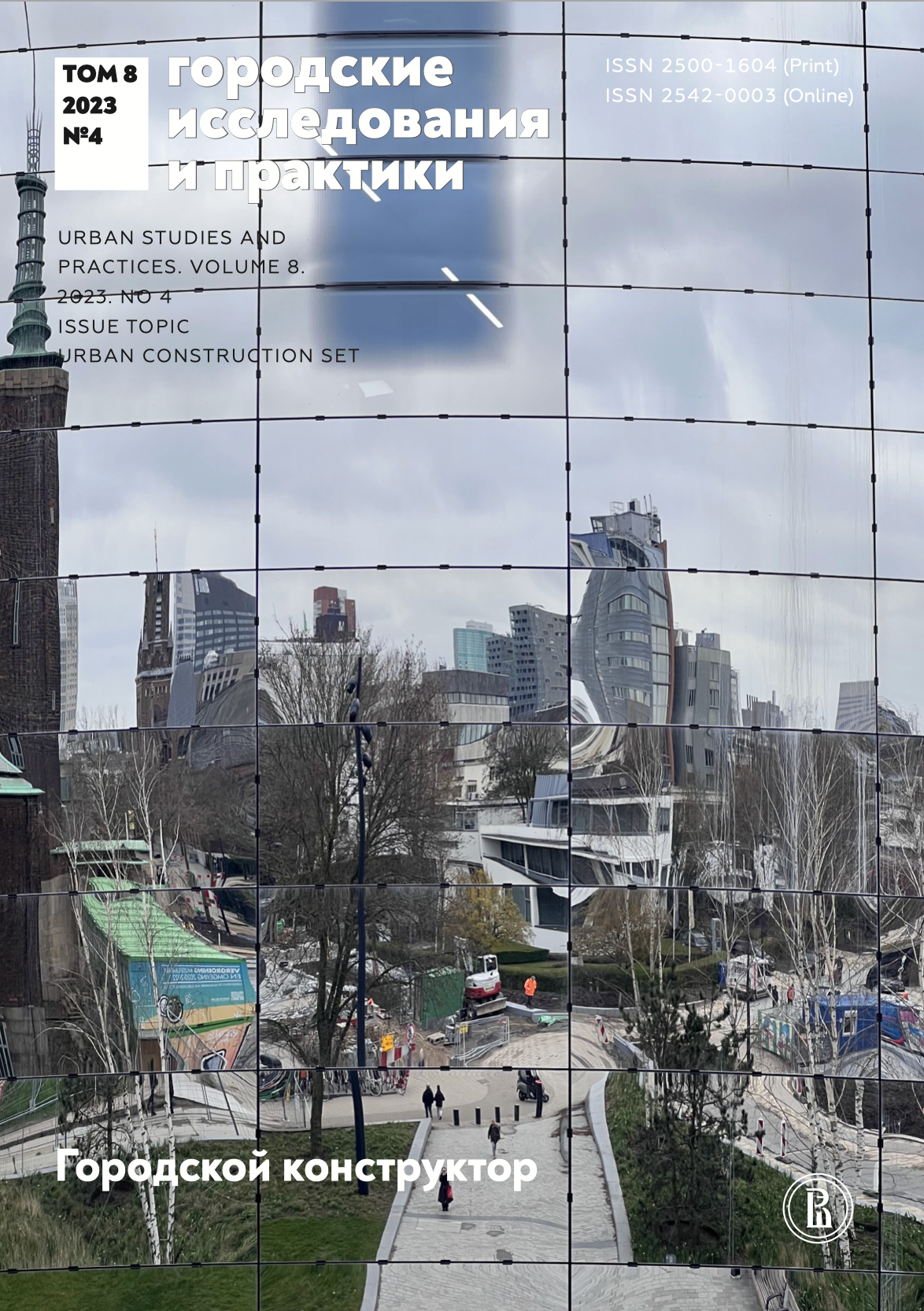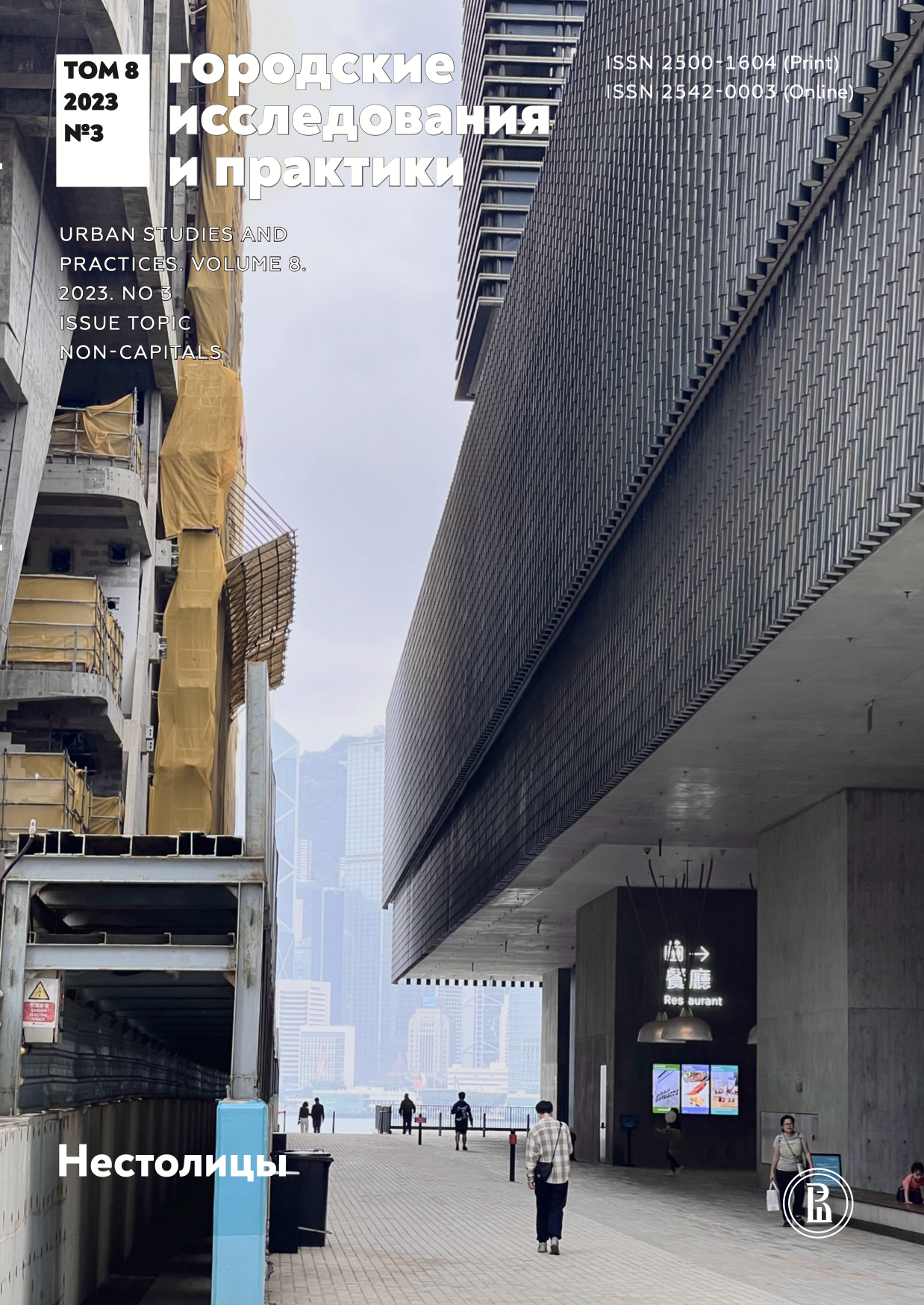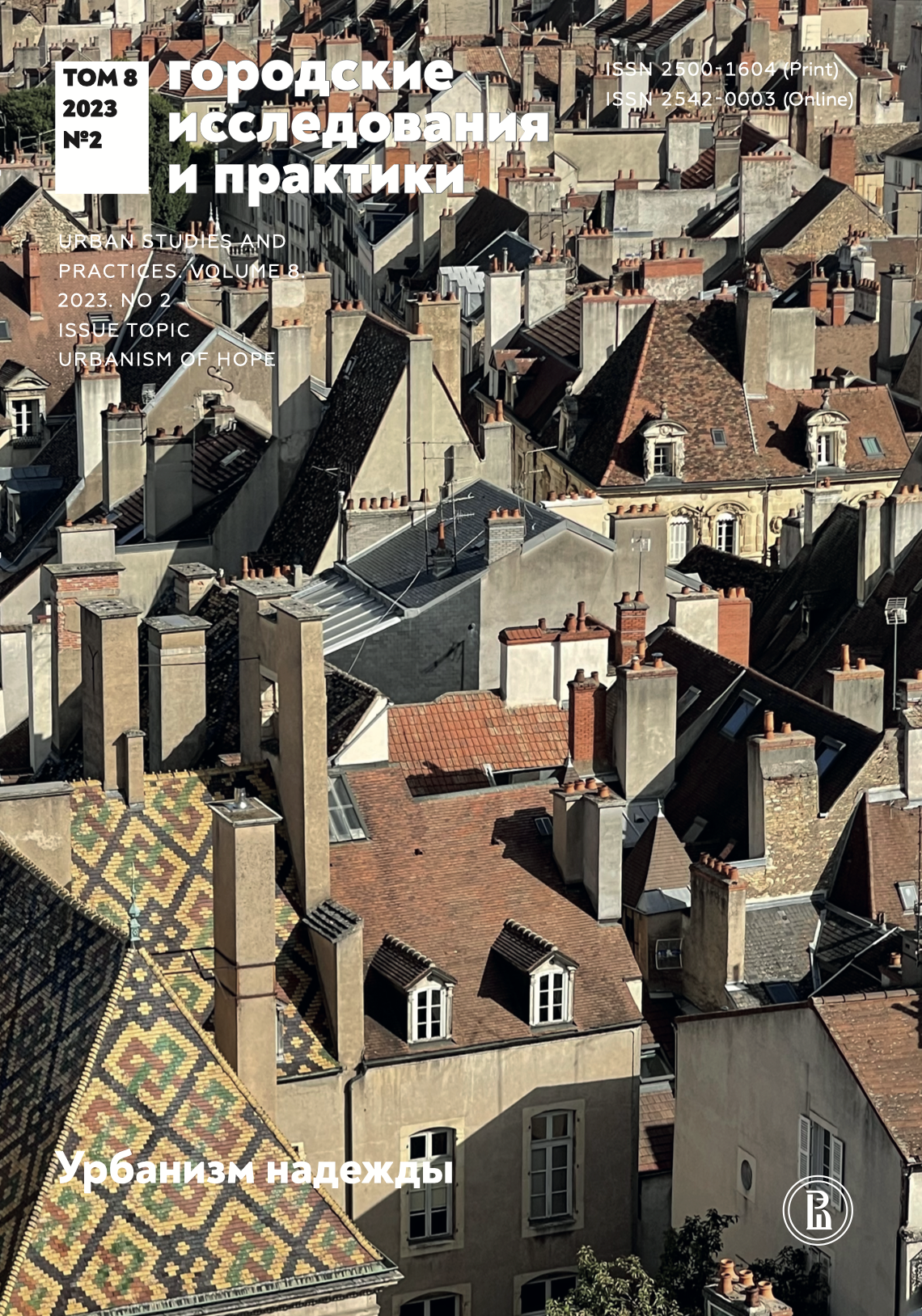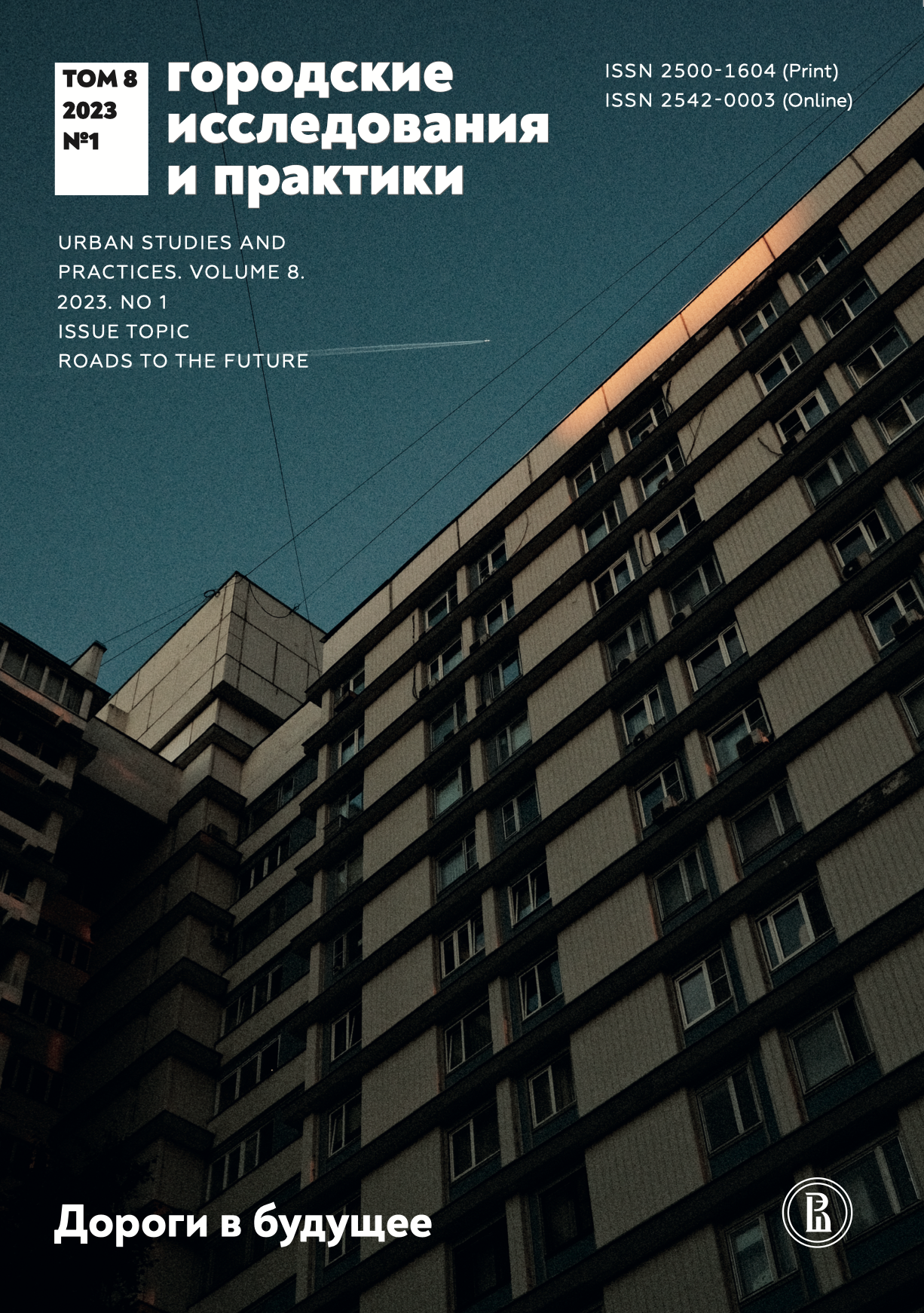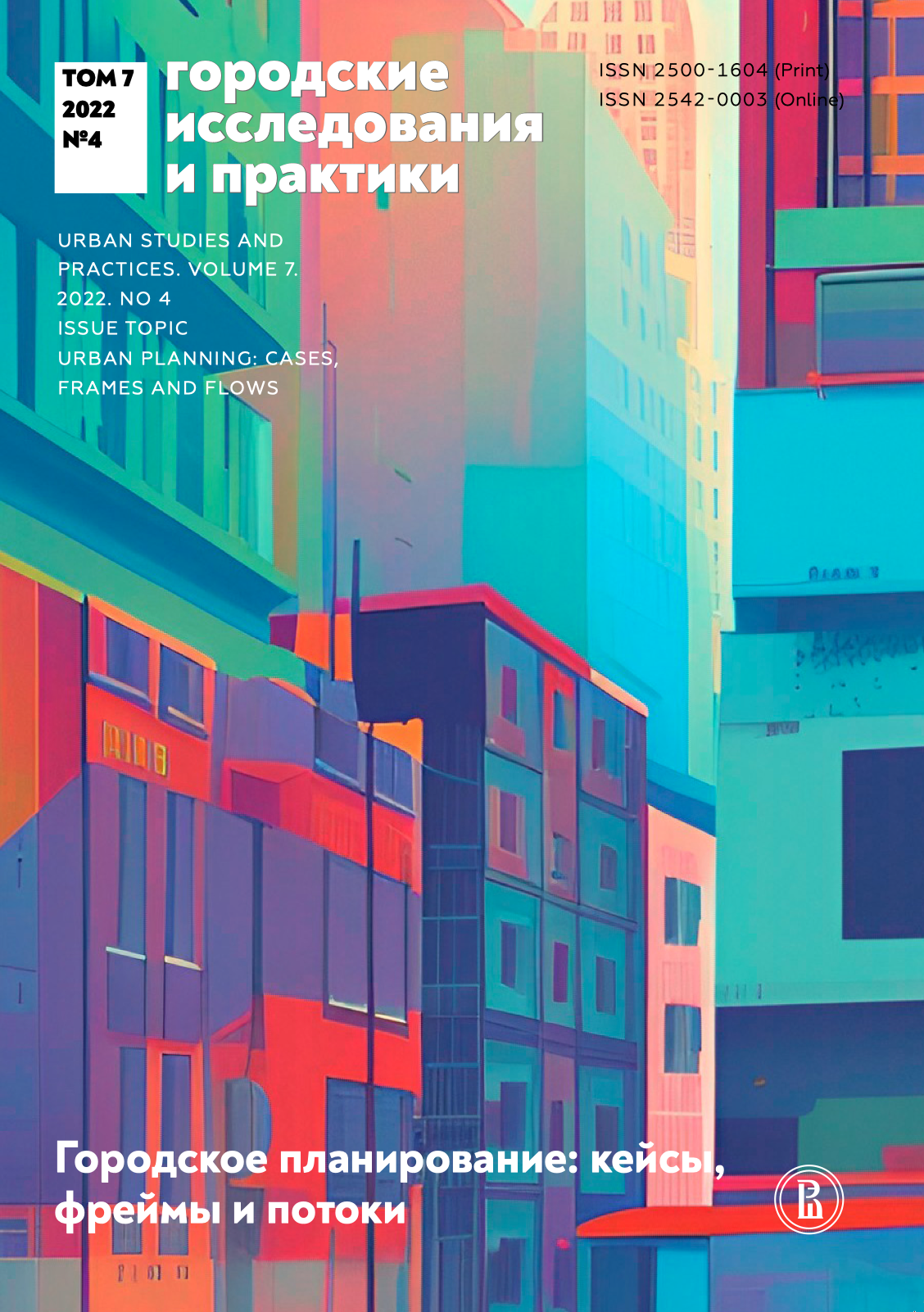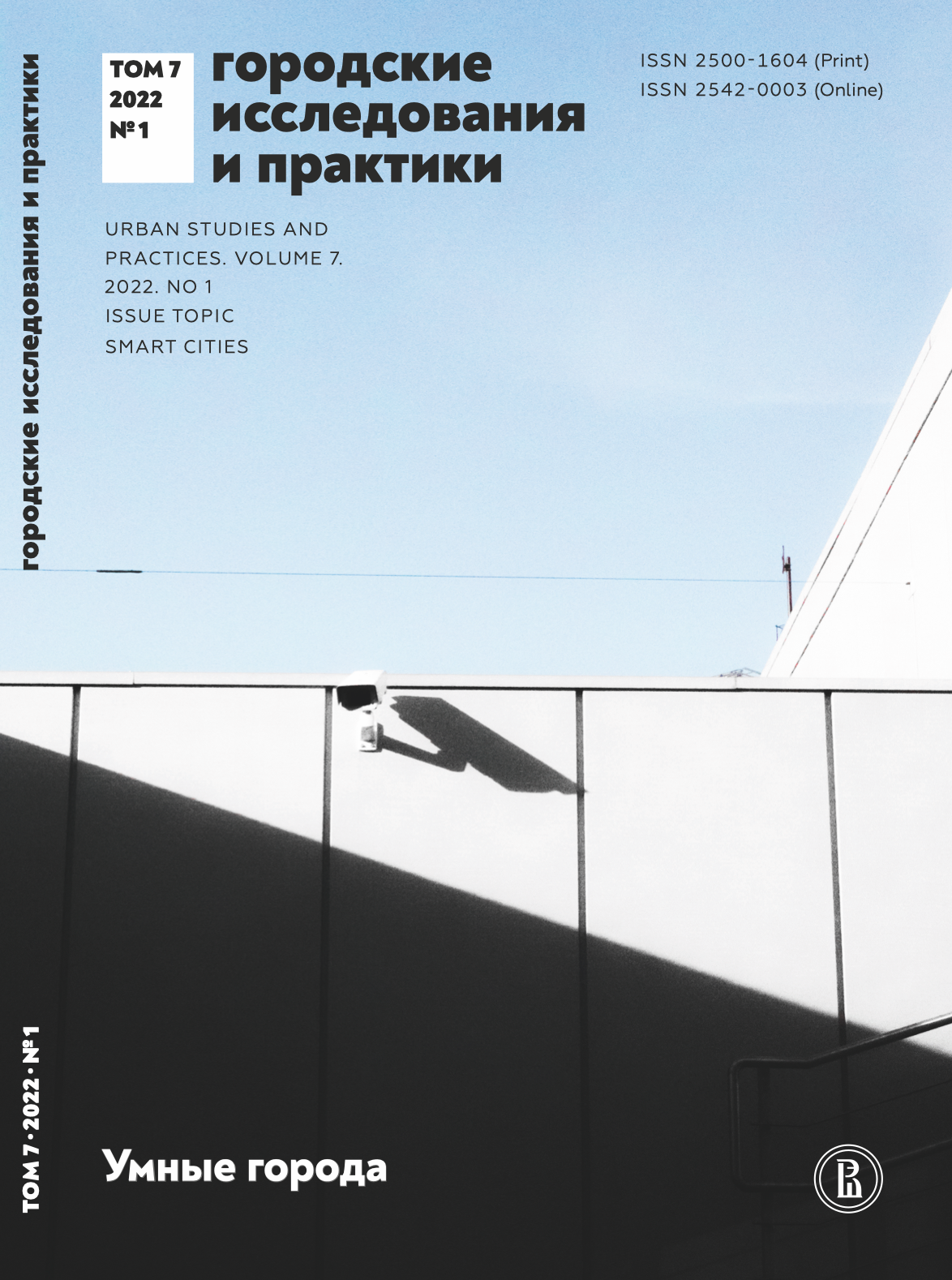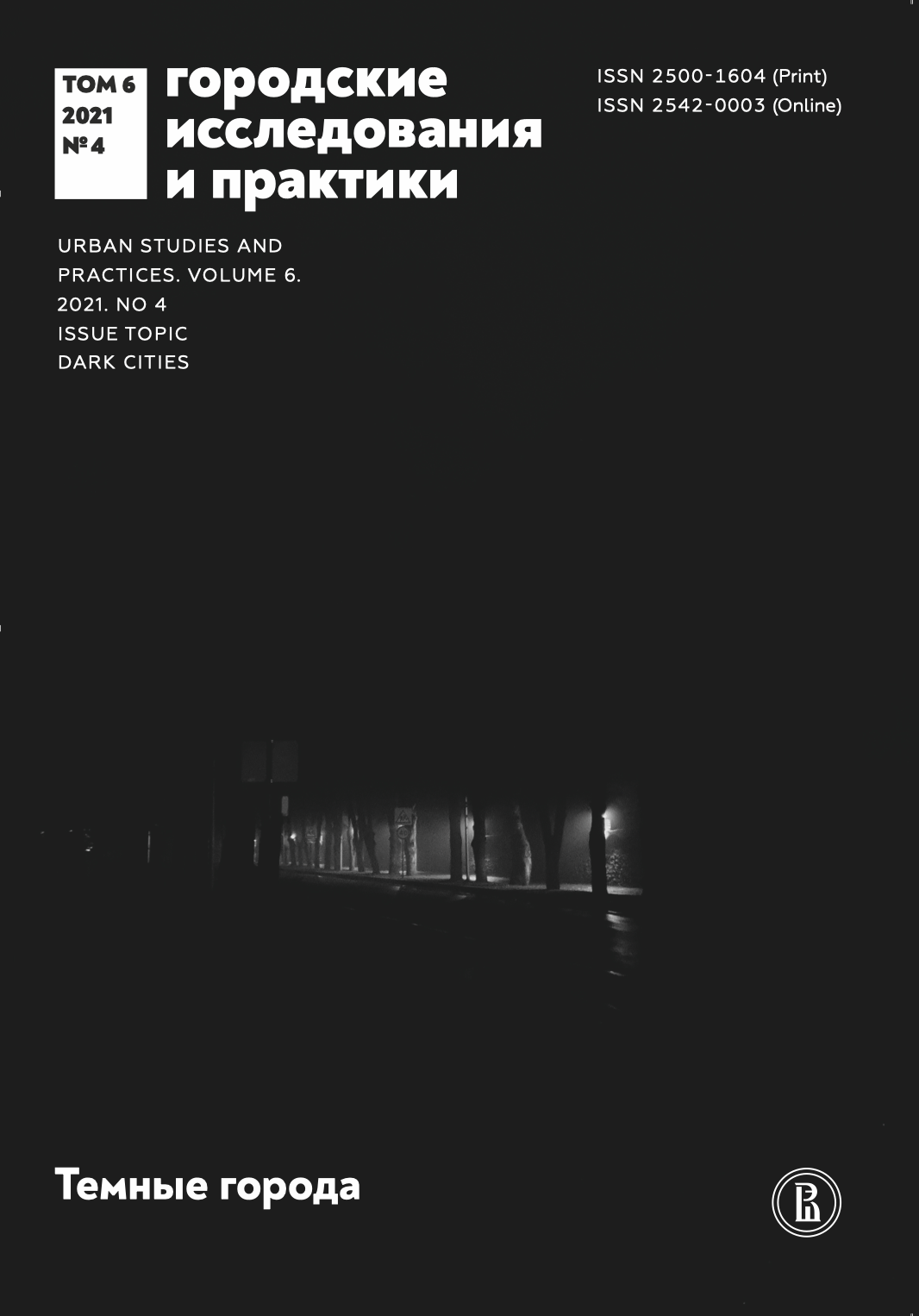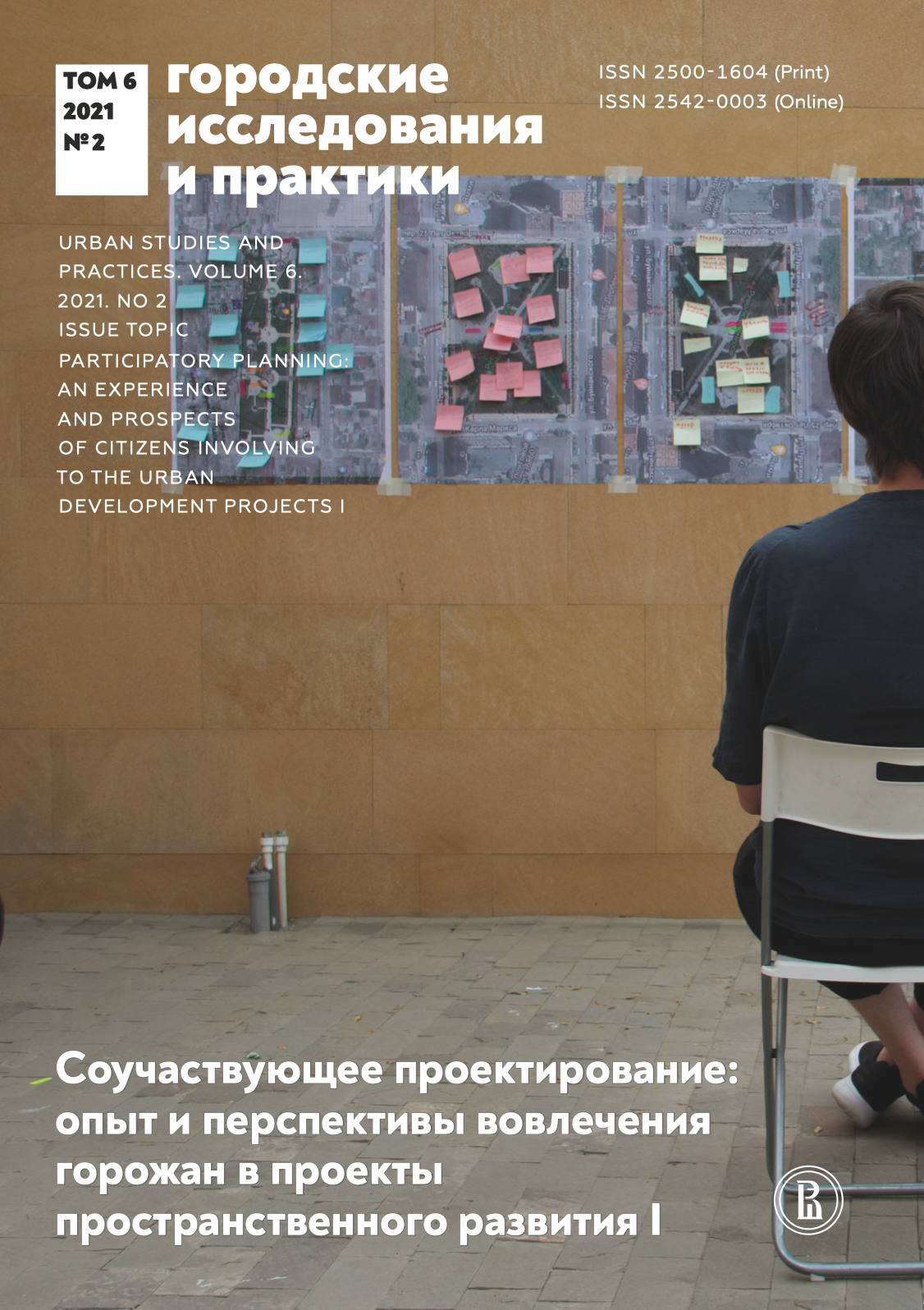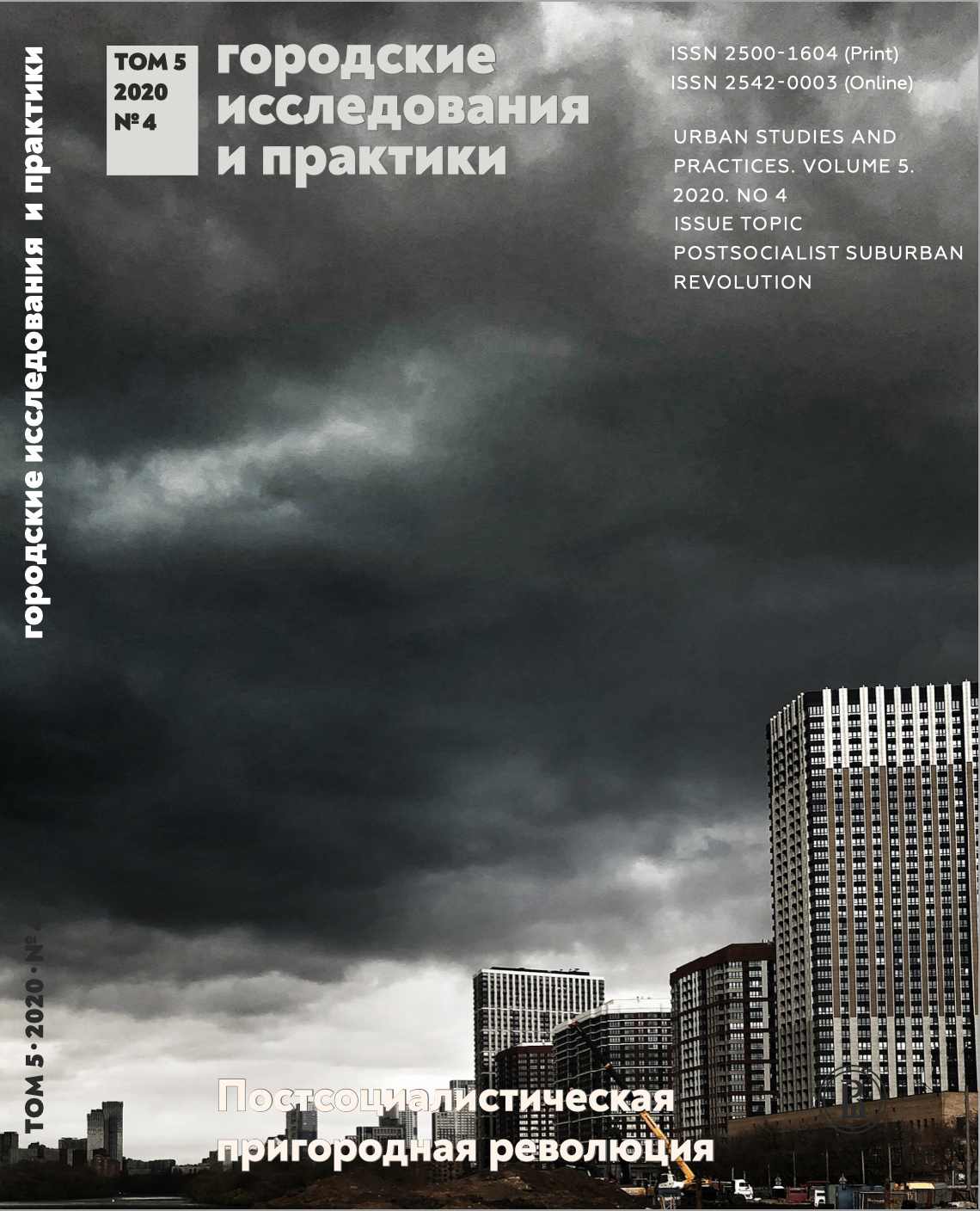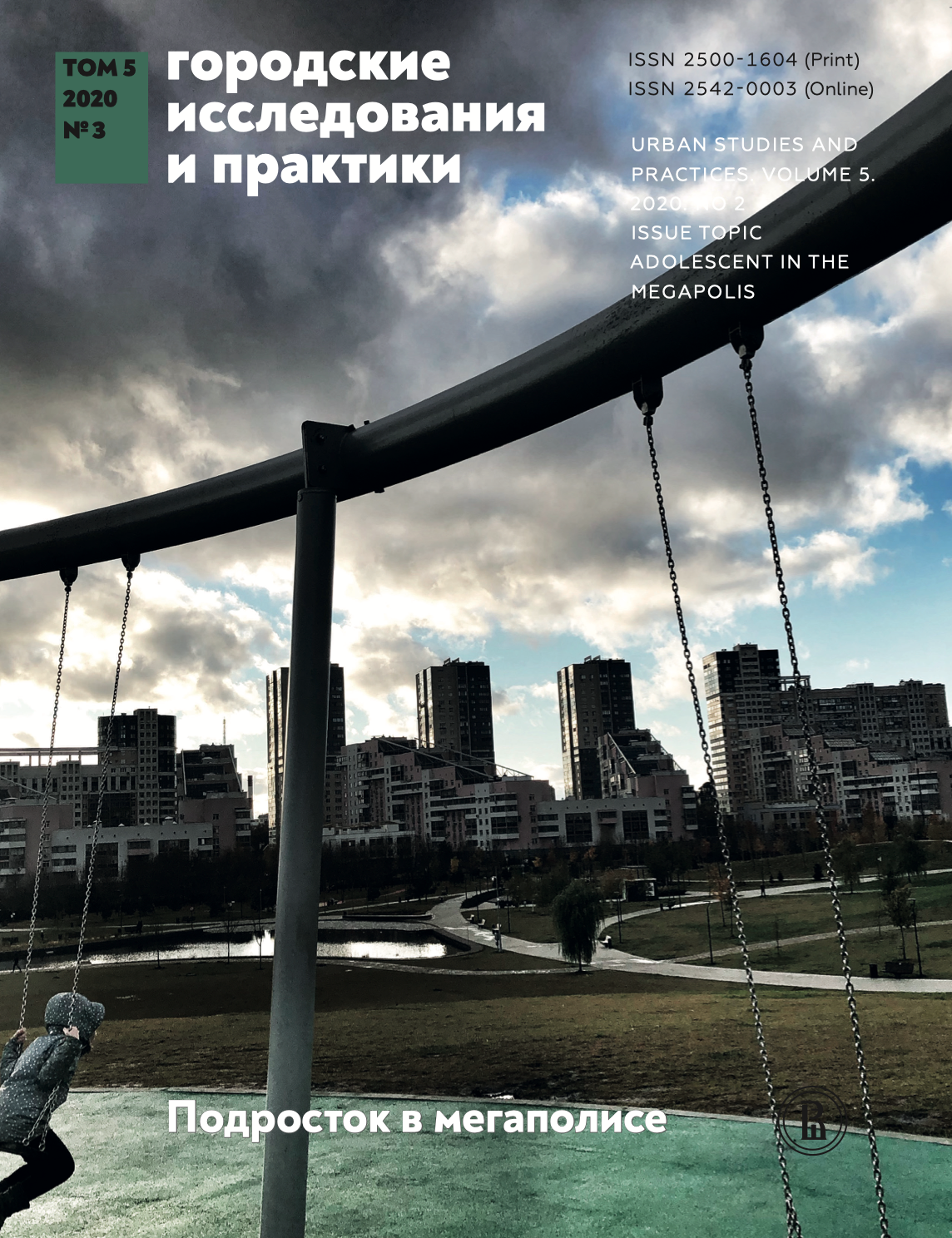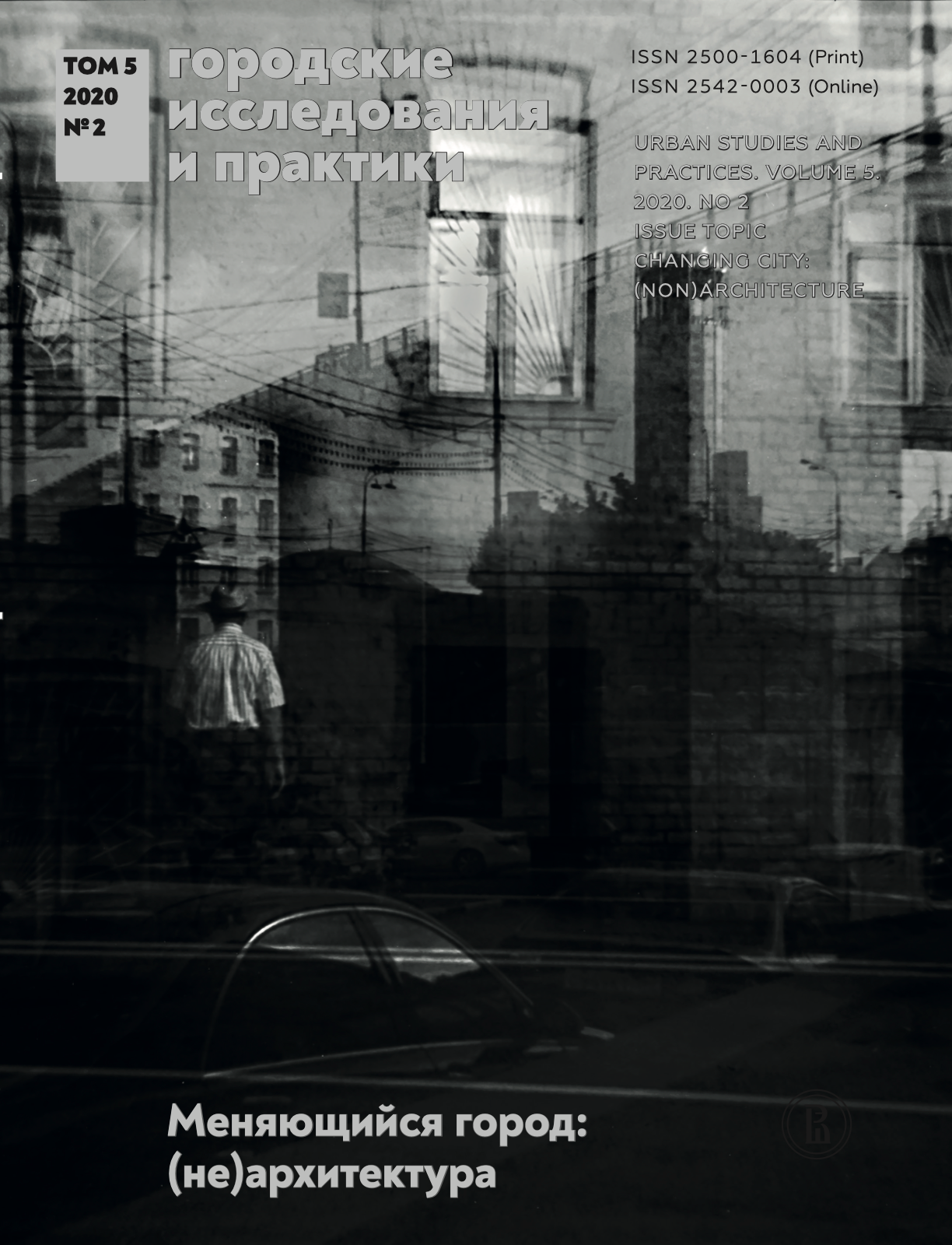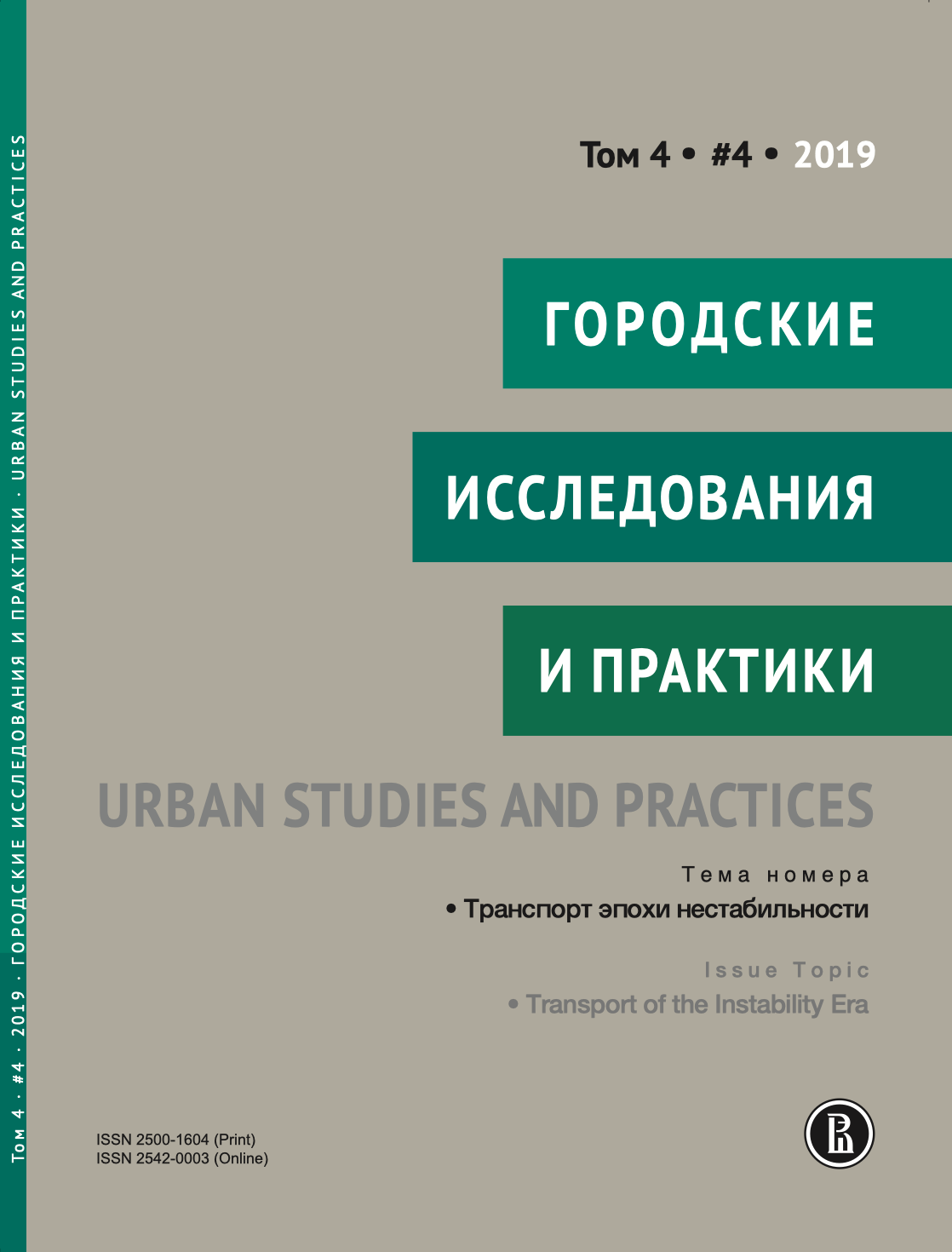-
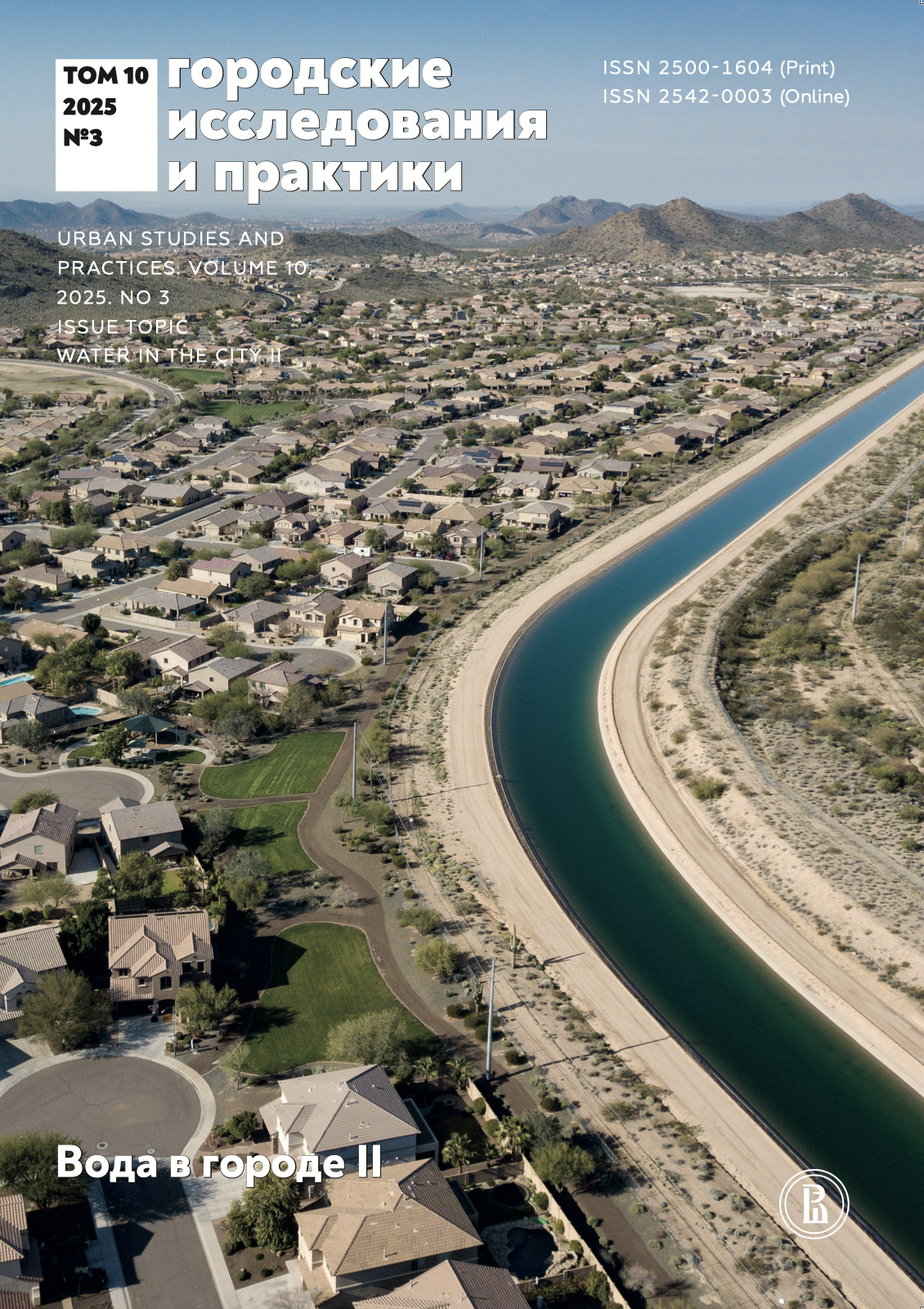 Water in the City II
Vol 10 No 3 (2025)
Water in the City II
Vol 10 No 3 (2025)Photo © Ted Wood/The Water Desk
License: https://creativecommons.org/licenses/by/4.0/
-
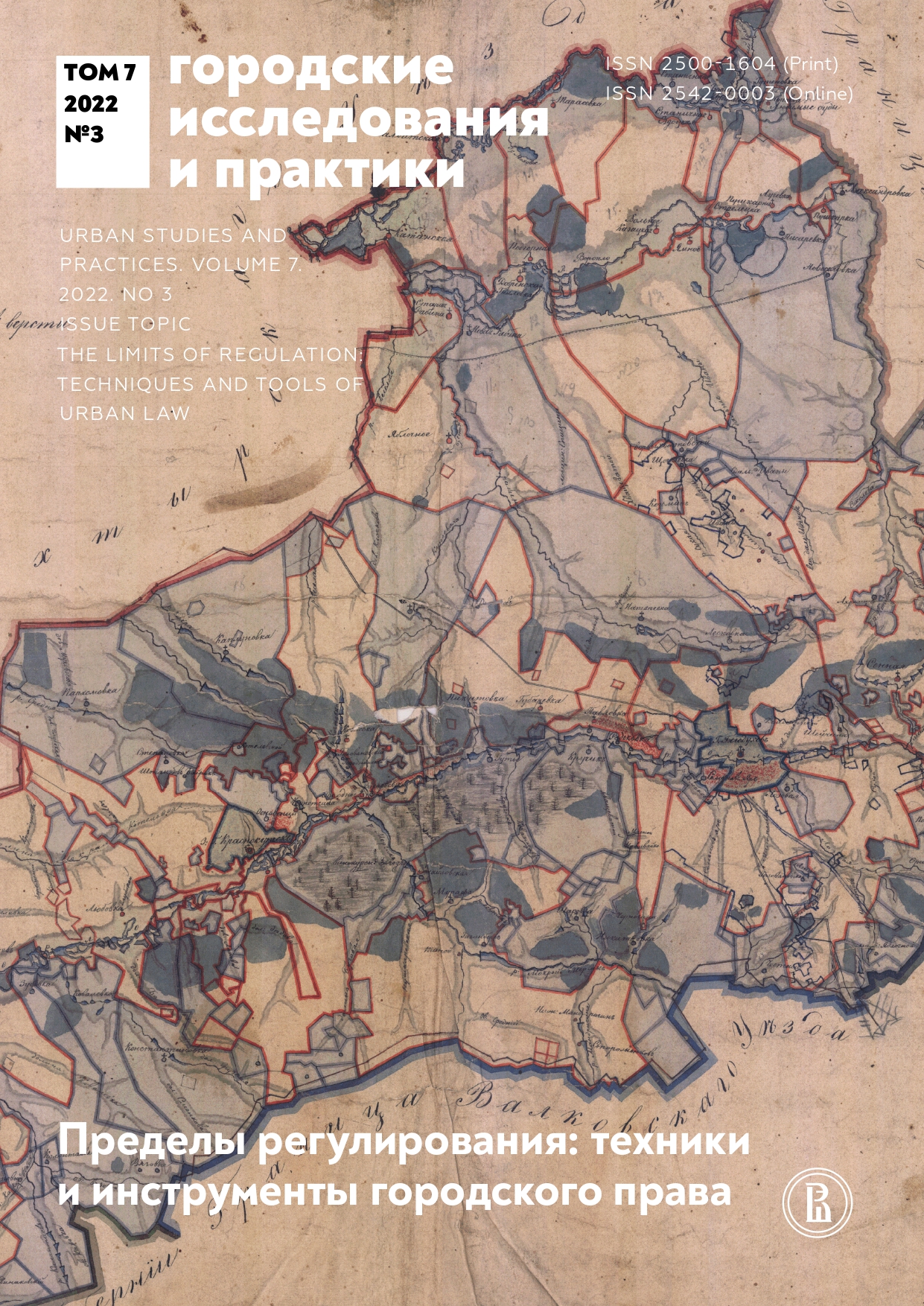 The Limits of Regulation: Techniques and Tools of Urban Law
Vol 7 No 3 (2022)
The Limits of Regulation: Techniques and Tools of Urban Law
Vol 7 No 3 (2022)This issue addresses two types of socio-economic order that refer to two radical forms of existence of urban law. These two forms are the neoliberal order European and American law and the Russian post-socialist order. The opposition of the two orders is based on the assumption that existing ways of describing the global order are insufficient to explain the space of change in which we find ourselves. This assumption does not presuppose assessments from the perspective of international law. It defines a strategy that explains how an accelerated transition to radical change occurred from a situation of global order. The perspective offered by this issue attempts to overcome the classical spatial logic of opposing center and periphery and to show that extremes and competing orders are mutually complementary and therefore cannot be in a hierarchical relationship.
-
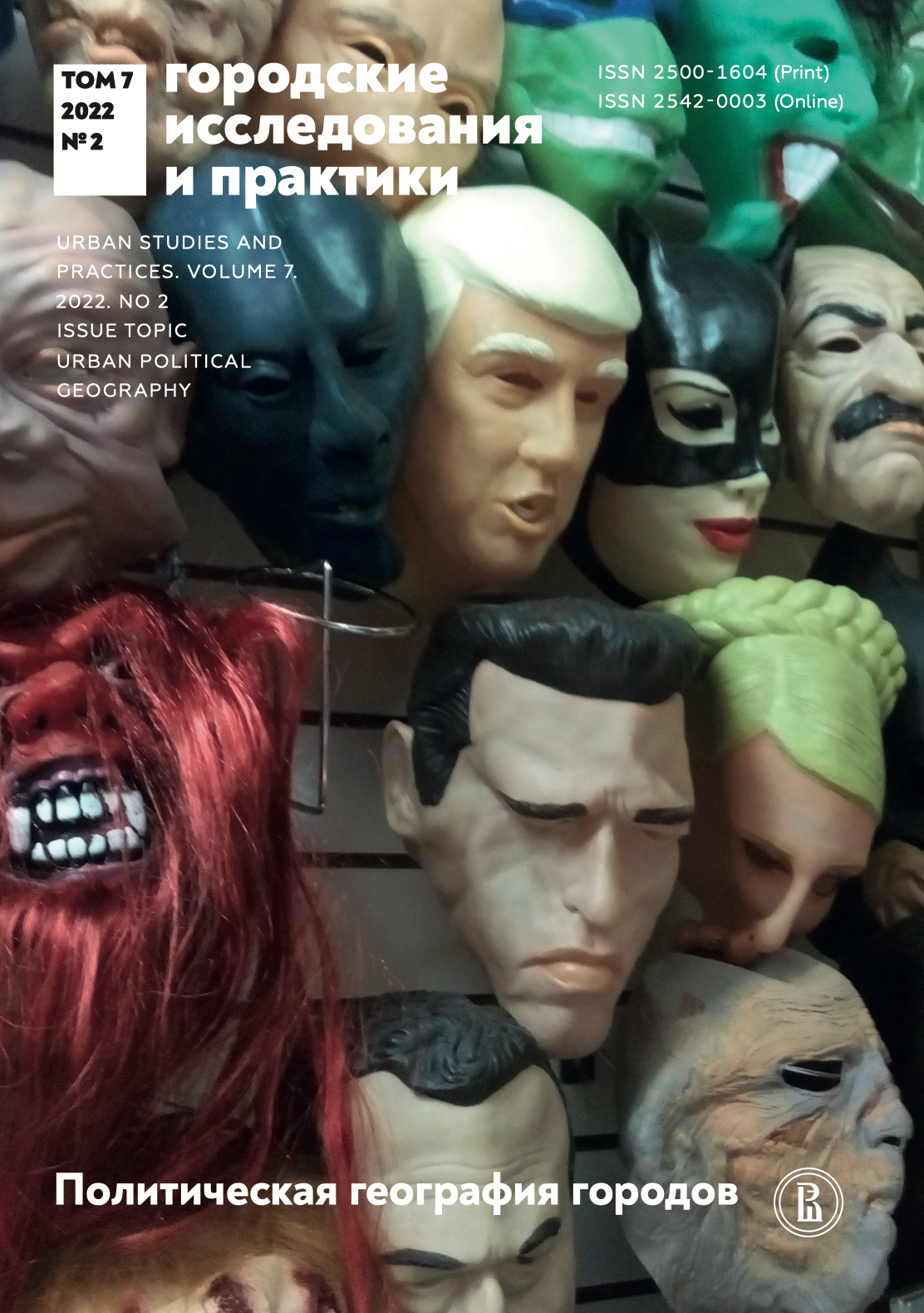 Urban political geography
Vol 7 No 2 (2022)
Urban political geography
Vol 7 No 2 (2022)Воздух города делает свободным. Или больше не делает? Города разливаются по территории пространством городского, снижая плотность, разделяя разнообразие на монотонные (и, часто, изолированные) ареалы, повышая связанность магистралей, но снижая связанность локальную, связанность сообществ. Цифровой город самоорганизован в сети, но локальное действие становится все более проблематичным. Инструменты умного города сделали как никогда близкой возможность прямой демократии горожан, но те же инструменты продолжают усиливать контроль и тотальное наблюдение, агрессивный присмотр и регулирование поведения горожан властями. Казалось, что корпоративные города исчезнут со снижением роли промышленности в занятости и рассредоточением все более креативных горожан по разномастным услугам, но степень влияния корпораций на самосознание горожан едва ли не максимальна: девелоперы стирают привычные районы с карты в угоду пространственной фиксации капитала, а торговые сети добивают организующий социальное пространство города каркас семейных бизнесов. Предсказанный век городов, когда они наконец (или вновь) возьмут полноту политических решений, потеснив государства, кажется, откладывается с новым обострением национал-реваншизма на постсоветском (и не только) пространстве, которое вновь усиливает государственные рубежи, затрудняя трансграничную кооперацию.
Тематика настоящего номера заявлена как «Политическая география городов», что обуславливает разворачивание каждого из представленных в нем исследований по двум очевидным направлениям — геоурбанистическому и политико-географическому. Их роли, как представляется, четко разделены: если первое измерение «отвечает» за объект исследования (города, городская среда, городские системы и сети), то второе формирует его предмет (территориально выраженные политические процессы, свойства, отношения). Иначе говоря, городские пространства рассматриваются здесь как пространства политические, как пространственные воплощения и репрезентации власти, управления, интересов и прочих категорий соответствующего характера.
-
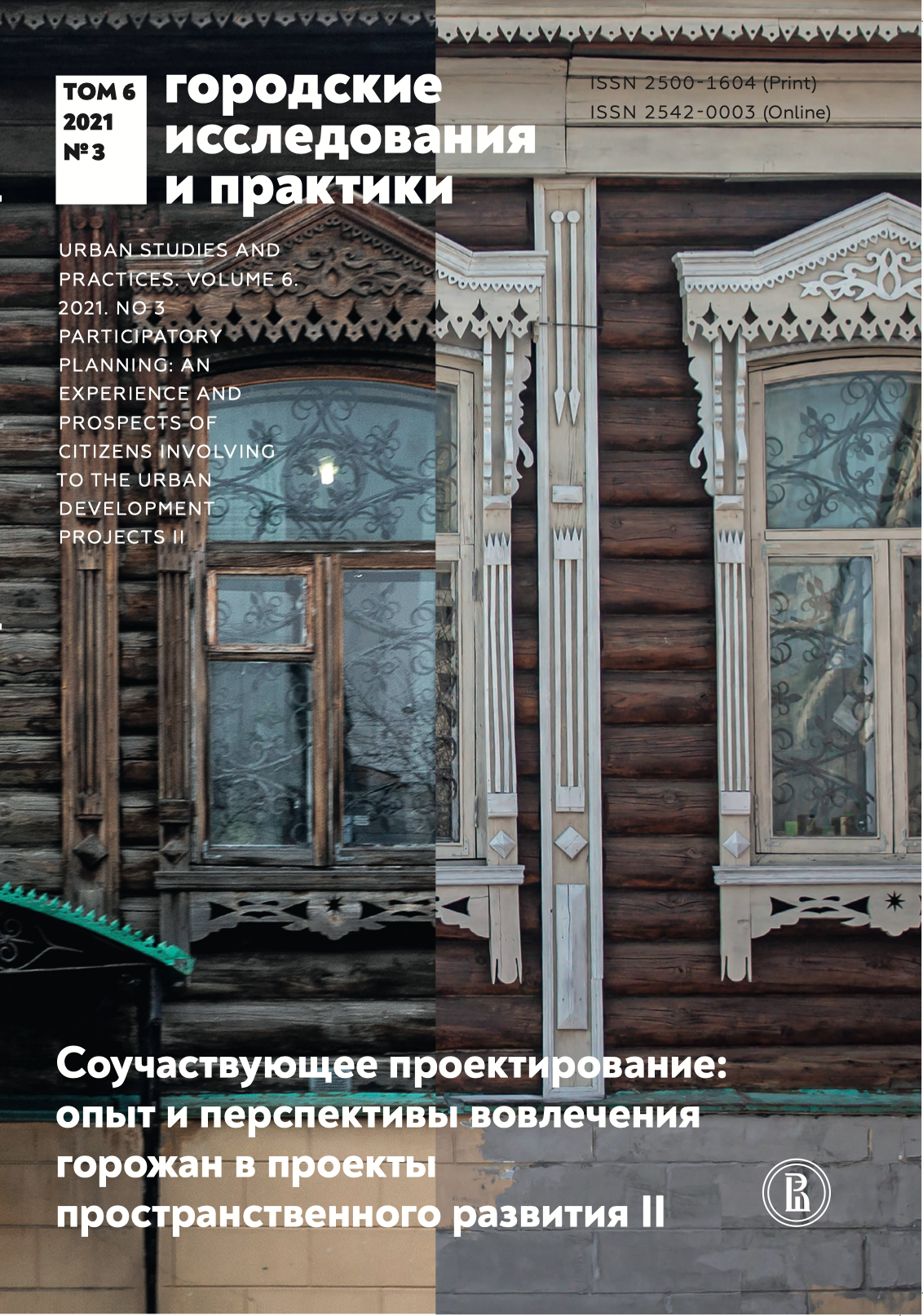 Participatory Planning: An Experience and Prospects of Citizens Involving to the Urban Development Projects II
Vol 6 No 3 (2021)
Participatory Planning: An Experience and Prospects of Citizens Involving to the Urban Development Projects II
Vol 6 No 3 (2021)Cover photo © Andrey Filatov
-
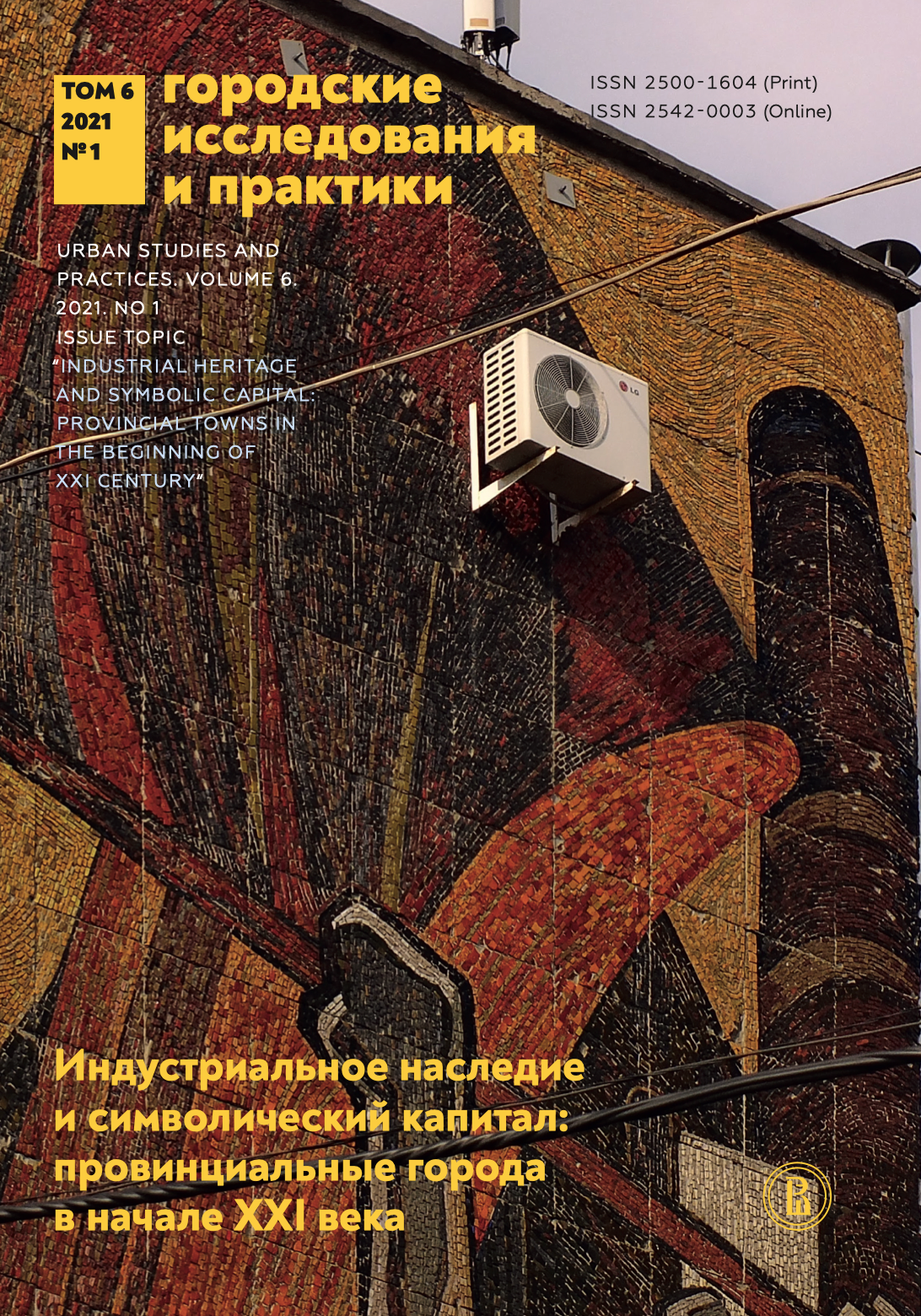 Industrial Heritage and Symbolic Capital: Provincial Towns in the Beginning of XXI Century
Vol 6 No 1 (2021)
Industrial Heritage and Symbolic Capital: Provincial Towns in the Beginning of XXI Century
Vol 6 No 1 (2021)Photo © Andrey Leonov
-
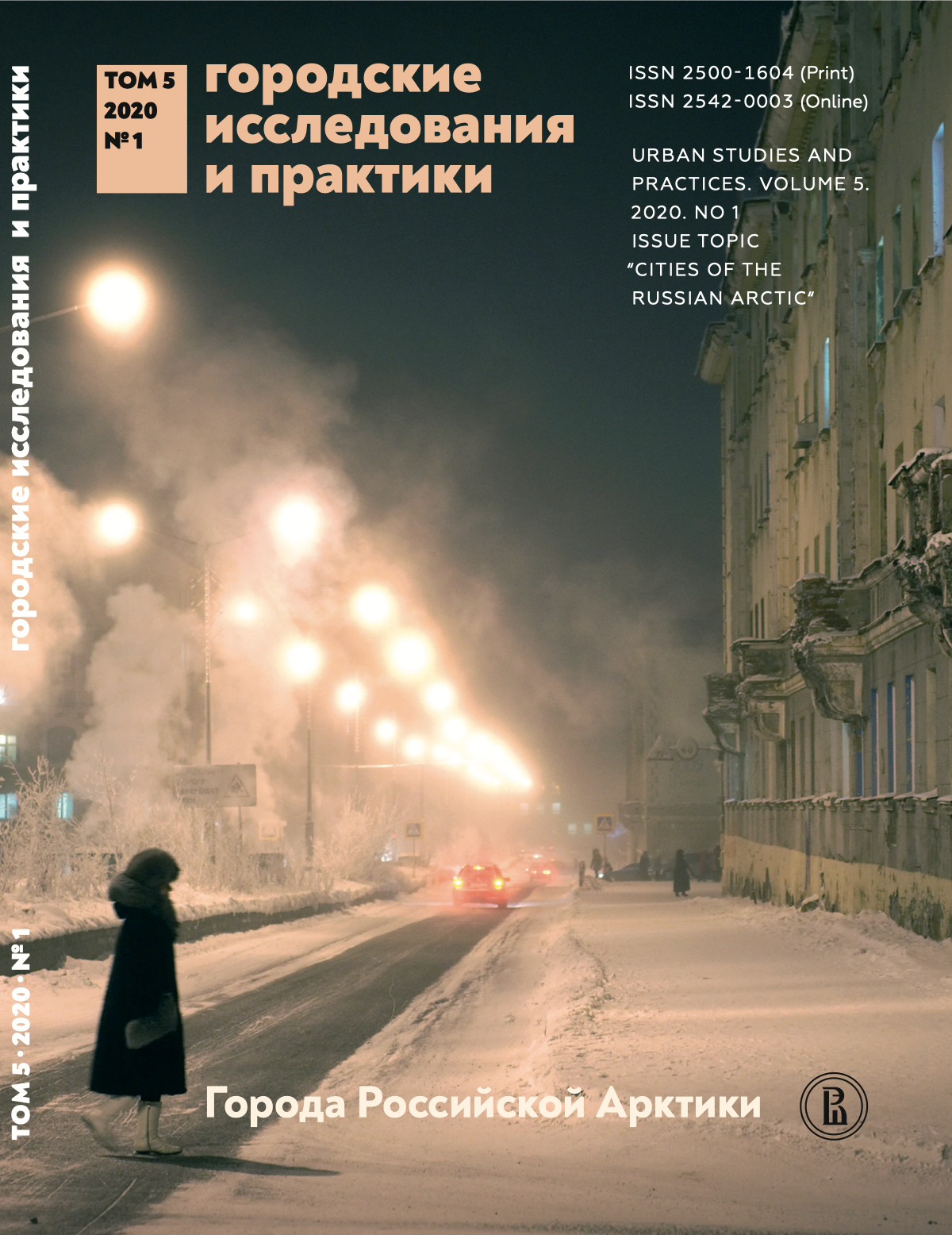 Cities of the Russian Arctic
Vol 5 No 1 (2020)
Cities of the Russian Arctic
Vol 5 No 1 (2020)The circumpolar regions worldwide are facing new challenges and are developing themselves on the background of a turbulent present, which imposes changes in the environment and everyday life of the local communities. These lead to the emergence of new regimes of governance and coping strategies in the circumpolar regions worldwide, including in Russia.
The papers of the special issue "Cities of the Russian Arctic" examine the practices related to governing and coping with various issues of post-Soviet Russian Arctic cities, and how these cities are being re-invented through the practices outlined above.Photo © Elena Chernyshova
-
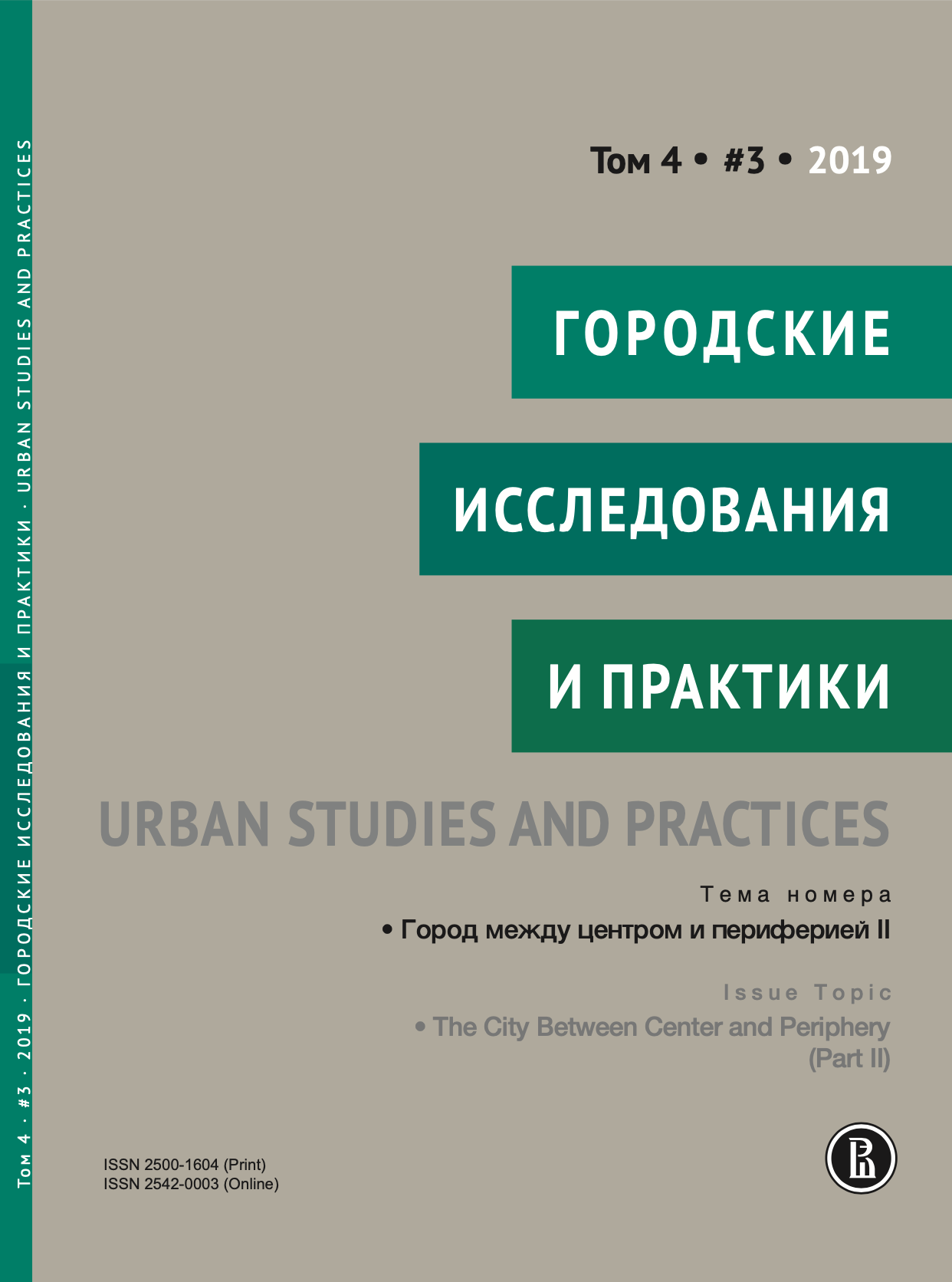 The City Between Center and Periphery (Part II)
Vol 4 No 3 (2019)
The City Between Center and Periphery (Part II)
Vol 4 No 3 (2019)This double issue it introduces serve as the potential ground for a dialogue on center-periphery relations in urban development and the theoretical debates it inspires. It not only reflects on the ongoing struggles between the so-called “centers” and “peripheries” in the post-socialist context, but also sheds light on the changing conceptual and methodological apparatus we use to study these relations. We argue against the stationary understanding of center and periphery, and towards the dynamic and interdependent nature of these relations. We think that the relational turn in geography can prompt the field of urban studies to think of center and periphery less as spatially rigid, and more as fluid categories, which only through their constant social production and reproduction, and the power relations inherent therein acquire a spatial character. This calls for a shift in the focus to the everyday practices and social struggles that (co-)constitute socio-spatial inequalities. From such a perspective, matters such as knowledge orders and discourses, nostalgia and memory, myth and stigma, emotions and representations take on an active role — not only in framing the relations between centers and peripheries, but in the continuous and contested production of centers and peripheries per se.
1-25 of 40
Next
Language

